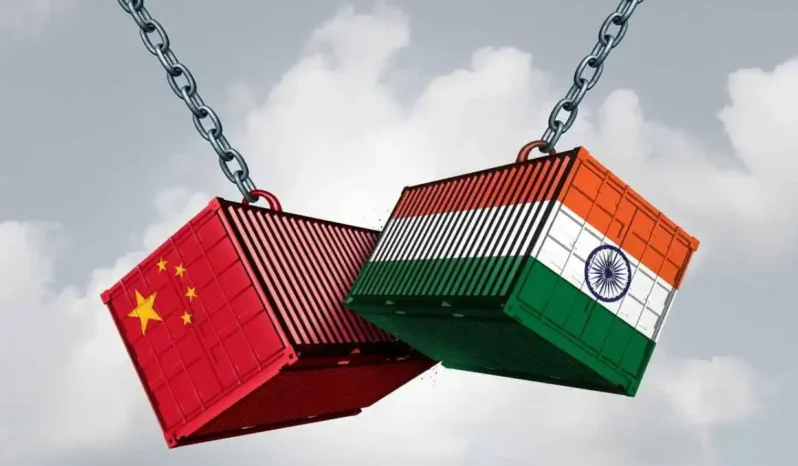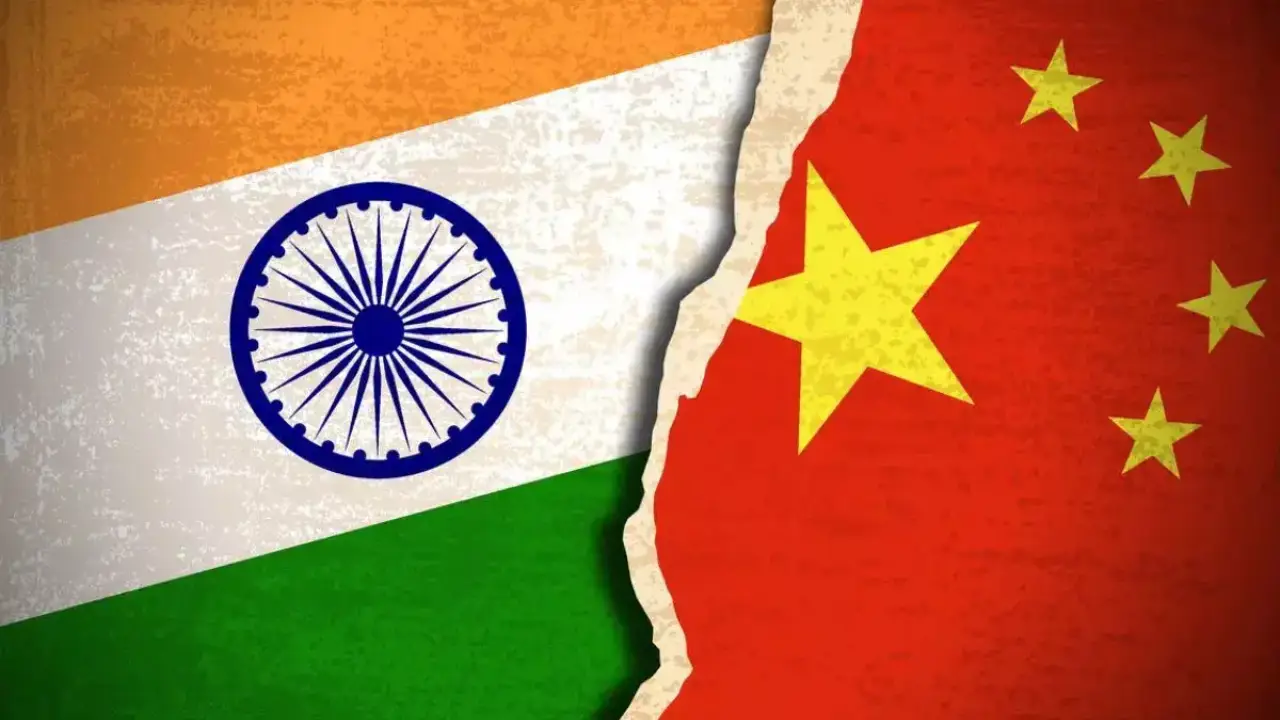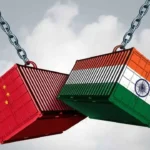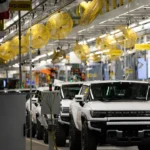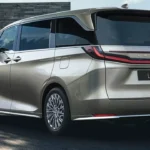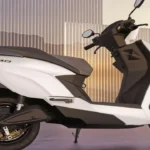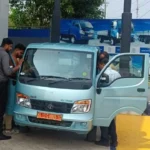China vs India: China has started a formal case against India at the World Trade Organization (WTO). Alleging that India’s EV and battery subsidy schemes violate international trade norms. The case, which was started on October 14, 2025. It is focused on India’s Production-Linked Incentive (PLI) program and the new PM eDrive policy. These are said to benefit local manufacturers and deny Chinese companies fair market access.
China vs India: Key Accusations
Beijing’s Ministry of Commerce charged India with giving Indian EV and battery manufacturers preferential subsidies. Along with imposing tariff and regulatory barriers on Chinese imports. Major charges are:
- India’s policies violate the principle of national treatment in WTO regulations.
- Incentive coverage of 80–100% is provided to domestic firms under the PM eDrive program.
- Lower GST rates and selective procurement standards disadvantage international competitors.
India’s Response
India’s Commerce Secretary Rajesh Agrawal accepted the complaint. Stated that the government would respond via WTO mechanisms. He added that India’s EV policy is in support of its climate action mission and industrial policy of the country. The subsidies are “non-discriminatory and legally justified” according to WTO rules.
China vs India: What’s at Stake?
India’s EV policy seeks to reduce oil import. Encourage indigenous manufacturing of electric batteries and vehicles. Schemes such as the PLI scheme and PM eDrive offer bountiful incentives to companies producing within Indian borders. Yet, industry observers indicate this puts pressure on countries such as China that control the EV supply chain.
In case WTO consultations are unsuccessful in 60 days. China may request the establishment of a dispute panel to settle the matter. Possibly triggering retaliatory trade measures or tariff reviews.
Also Read: GM Faces $1.6 Million loss in EV Division!
Broader Geopolitical Context
This trade conflict coincides with India’s attempts to acquire strategic mineral resources. Aimed at decreasing dependence on Chinese imports. Simultaneously, bilateral trade imbalances are still high. With India’s import bill from China exceeding $113 billion in FY 2025.
ELCTIK Speaks
China puts a spotlight on global competition for clean-tech manufacturing dominance. A WTO ruling against India might force adjustments in subsidy schemes. Affect upcoming EV production goals. But if India succeeds in fending off a challenge. It might solidify its status as Asia’s emerging EV center. Competing against China’s long-standing dominance in the industry.

